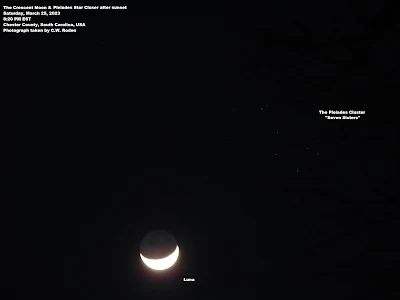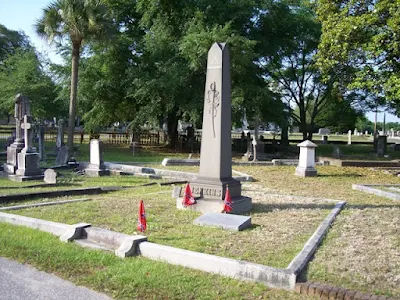Good evening fellow stargazers!
Well, I can't think of any better way to end this month out than with some photographs that I was able to take over the course of two days about an hour after sunset showing the bright planet Venus in conjunction with the dim gas giant planet Uranus in the western sky dome. I was truly blessed with cloudless skies on both nights in order to bring y'all this night sky photographic offering.
I took two photos each evening of the two planets. One a wide shot as it appears in the western sky, and the other a close-up of the two planets together. As you can see, Uranus was just above and to the left of Venus on Wednesday the 29th, and the next evening on Thursday the 30th, Venus had moved just above and to the right of Uranus.
The planet Venus is the brightest object in the night sky after our own Moon and the second planet in our Solar System is nearly as big around as our Earth at about 7,520 miles (or 12,104 kilometers) across, compared to our planet which is about 7,926 miles (or 12,756 kilometers) wide. Venus is about 67 million miles (or 180 million km) from the Sun -- roughly 0.7 astronomical units (AUs). Due to its proximity to the Sun, it only takes Venus approximately 225 of our Earth days to circle our star.
Though it appears much smaller and very much dimmer to the naked eye, the gas giant planet Uranus -- the seventh planet in our Solar System -- is actually much bigger with a radius of 15,759.2 miles (or 25,362 kilometers), making Uranus about four times wider than our Earth. Uranus is much farther away from the Sun with an average distance of 1.8 billion miles (or 2.9 billion kilometers) making Uranus about 19.8 AUs away from the Sun. Because of its greater distance, Uranus takes about 84 Earth years to travel once around the sun.
I hope y'all enjoyed my planetary photographs and as always have a wonderful Dixie Day and be sure to keep your eyes to the evening skies, y'all hear.

































